Thousands of lives were taken away
The heartbreaking photo of a father holding the hand of his 15-year-old daughter who was crushed by a wall and concrete after the earthquake in Kahramanmaras, Türkiye. It was the moment the father, heartbroken and helpless, wanted to say: “I am always here with you”, even though he knew there was nothing he could do to bring his daughter back to life.
The body of the girl, named Irmak, was lying on a mattress, crushed by a huge block of concrete. Rescuers and Mesut Hancer could only see his daughter’s hands and a small part of her face through a narrow gap in the rubble of the house. Most people were asleep at the time of the earthquake, so many people died while still in bed, unable to escape before their homes collapsed.
The United Nations Children's Fund (UNICEF) is concerned that Mesut Hancer's daughter may be just one of thousands of children killed in the earthquake that struck Türkiye and Syria on February 6. As of 11am on February 8 (Vietnam time), the death toll from the devastating earthquake that struck southern Turkey and northern Syria early on February 6 has reached 8,364. The death toll is expected to rise as rescue operations continue.
In neighboring Syria, a pregnant woman went into labor around the time of the earthquake. Local media reported that a baby girl was miraculously born under the rubble of collapsed buildings after the massive earthquake in Syria, and the mother later died. The baby was also the only survivor of a large family.
Video footage shows a man rushing from the wreckage of a four-story building, carrying a newborn baby girl covered in dust, through broken metal and concrete. Another man runs behind with a blue scarf, throwing it to the person holding the baby to keep her warm in sub-zero temperatures. The girl was taken to the nearby town of Afrin for treatment. Lying in an incubator, she was hooked up to an IV, her body covered in wounds, a bandage wrapped around her left fist. Her forehead and fingers were still blue from the cold. The baby is now doing better but remains in critical condition and needs to be monitored.
These are just two of the thousands of stories of life and death that have emerged since the disaster struck Türkiye and Syria. The WHO has predicted that the death toll from the earthquake could reach 20,000.
Meanwhile, tens of thousands of homeless people have been sleeping in their cars or looking for temporary accommodation after thousands of buildings were destroyed in both countries. Even those who still have homes are afraid to return, fearing further aftershocks.
Earthquake equivalent to 32 atomic bombs
The 7.8-magnitude earthquake struck at 4:17 a.m. local time on February 6, with its epicenter at a depth of about 18 kilometers near the Turkish city of Gaziantep, about 60 kilometers from the Syrian border. At least 285 aftershocks followed the quake. A 6.7-magnitude aftershock occurred 11 minutes after the initial 7.8-magnitude quake. A 7.5-magnitude quake struck a few hours later, followed by another 6.0-magnitude quake in the afternoon.
The earthquake that shook Türkiye and Syria on February 6 could be one of the strongest and deadliest this decade, according to seismologists. The 7.8 magnitude quake created a more than 100 km (62 mile) rift between the Anatolian and Arabian tectonic plates.
According to The New York Times, the energy released by the earthquake on the morning of February 6 in the border area between Türkiye and Syria was equivalent to 32 atomic bombs dropped on the Japanese city of Hiroshima nearly 80 years ago. This is the assessment of the Director of the Philippine Institute of Volcanology and Seismology, Renato Solidum, when assessing earthquakes with a magnitude of 7 or higher.
Experts say the earthquake caused so much damage because it struck in a densely populated area and early in the morning when many people were asleep. The shallowness of the epicenter also increased the extent of the destruction. Another factor that affected the extent of the destruction was the quality of construction of the buildings in the area. According to data from the United States Geological Survey (USGS), the structure of most buildings in the area is very susceptible to the impact of tremors.
Sharing the same opinion on the cause of the great loss of life and property caused by the earthquakes in Turkey and Syria, Associate Professor, Dr. Cao Dinh Trieu, Vice President of the Vietnam Association of Geophysics and Director of the Institute of Applied Geophysics, said: The damage caused by the earthquake in Turkey comes from many causes. The two main causes are weak ground and weak construction structures, which do not meet the requirements for earthquake resistance.
Turkey is one of the most seismically active countries in the world because it lies on the Anatolian Plate, between two major fault lines. Most modern cities in Turkey, especially those located on major fault lines, have strict building regulations to ensure that buildings do not collapse easily during an earthquake. In the Turkish capital Istanbul, most high-rise buildings are designed to withstand earthquakes. But Gaziantep, the city closest to the epicenter of the earthquake on the morning of February 6, is not as modern as Istanbul and many apartment buildings were not built to standard. This is the reason why many high-rise buildings collapsed.
According to Associate Professor Dr. Cao Dinh Trieu, the cycle of large earthquakes is very long, which may be the reason for subjective psychology and lack of long-term preventive measures. In Vietnam, the strongest earthquake ever recorded had a magnitude of 6.7 on the Richter scale, occurring in Tuan Giao, Dien Bien in 1983. The cycle for an earthquake of such magnitude to occur in Vietnam is 450 years. In the world, large earthquakes such as those in Türkiye have a cycle of thousands of years.
Humans are always small before natural disasters.
Since 1960, the world has experienced many terrible earthquakes. The most recent was in Afghanistan in June 2022, which killed more than 1,000 people, injured 3,000 people and destroyed 10,000 houses. In Indonesia, in September 2018, a magnitude 7.5 earthquake and tsunami occurred in the city of Palu, located on the island of Sulawesi, Indonesia, killing more than 4,300 people. In Nepal, on April 25, 2015, a magnitude 7.9 earthquake killed more than 4,000 people and affected about 6,500 people. In March 2011, a terrible earthquake in human history with a magnitude of 9 and a giant tsunami devastated the northeastern region of Japan. The twin disasters wiped out many towns, took the lives of nearly 20,000 people, and injured nearly 2,400.
    |
| Video captures the moment buildings collapsed in the blink of an eye due to the impact of an earthquake in Türkiye (Source: Daily Mail) |
The enormous loss of life and property from the above disasters shows that no matter how developed human society is, no matter how high the achievements of science, technology and engineering are, when faced with natural disasters, humans still become small, and human life becomes more fragile than ever.
No one can predict the future, or when disaster will strike. Meteorologists can predict natural disasters like hurricanes and floods, but seismologists have yet to do the same for earthquakes, an active area of research. The most they can offer are devices that detect the fast-moving pressure waves from an earthquake just before the shear waves that shake the ground. Notably, these systems only provide about a minute of warning before an earthquake occurs, and they are expensive to maintain.
Therefore, it is argued that the best thing to do is to prepare for the worst. Countries that are prone to earthquakes often require buildings to be built to withstand the force of earthquakes. In addition, warning systems are effective tools for people to minimize risks and damage when natural disasters occur.
Japan is one of the world's leading countries in this field. Japan estimates that a magnitude 9.0 earthquake in the ocean trenches could trigger a large tsunami, creating waves up to 30 meters high. In December 2022, the Japanese government began using a new earthquake warning system in 182 areas in 7 coastal prefectures of the country. When a warning is issued, people will be asked to take measures such as preparing for emergency evacuation, preparing warm clothes and identifying the nearest evacuation center. The government also sets a 10-year target to reduce the number of victims in a strong earthquake by 80%./.
Source link


























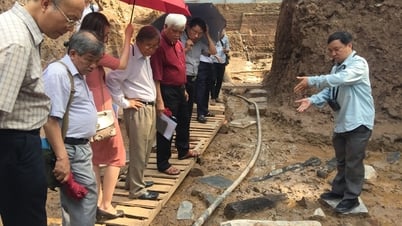

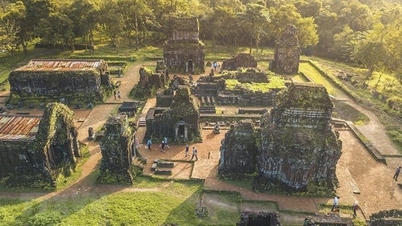





























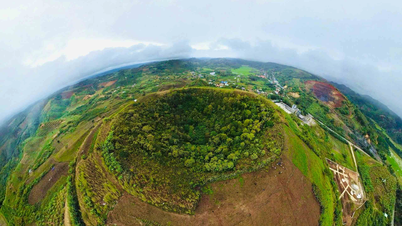

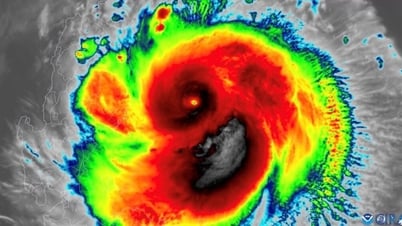

















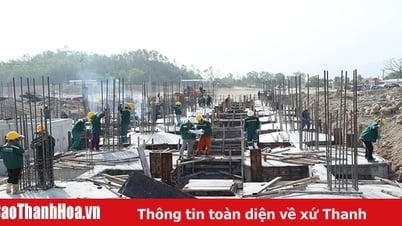





















Comment (0)